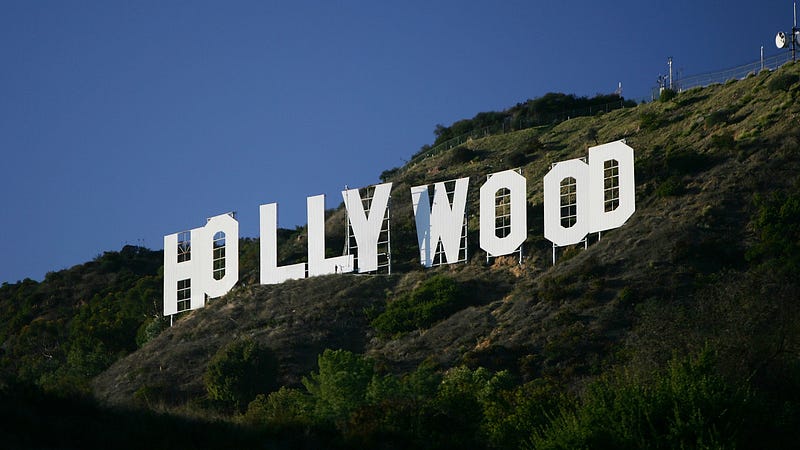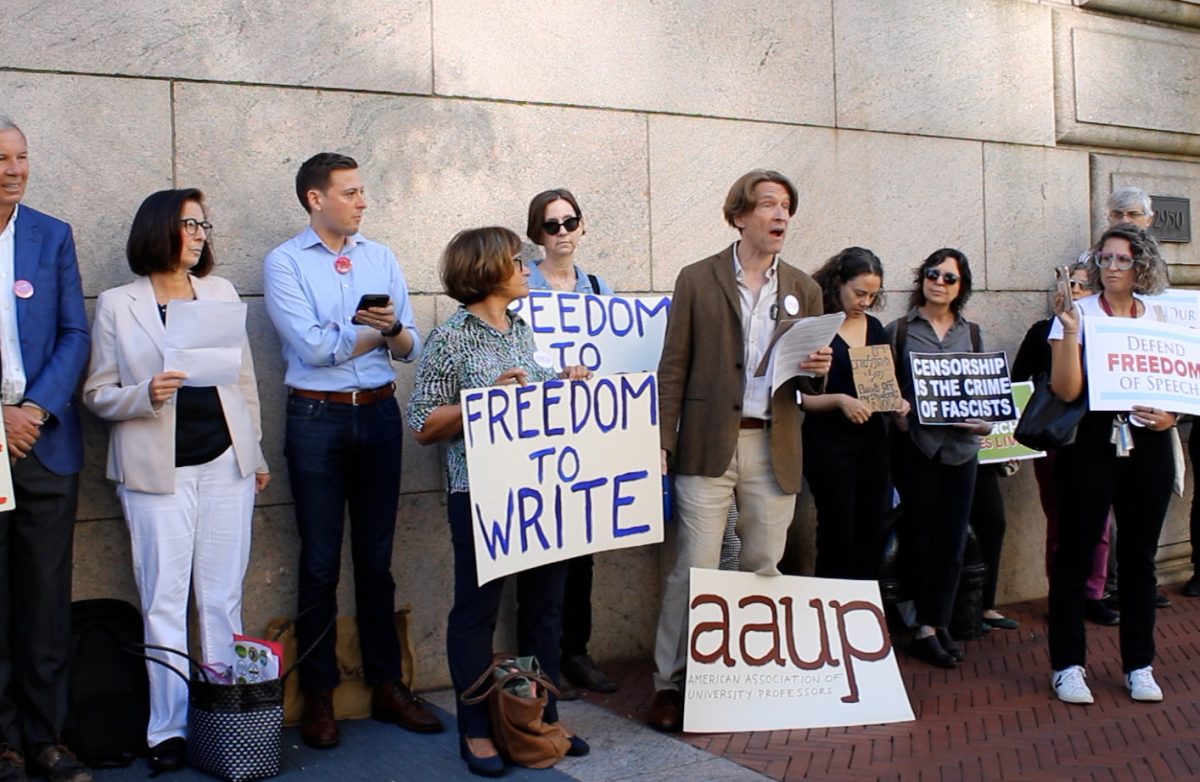
The movie business is not in great shape. This summer, 10,000 Writers Guild of America (WGA) and 160,000 Screen Actors Guild — American Federation of Television and Radio Artists (SAG-AFTRA) members went on strike. The industrial action emerged after negotiations broke down with the Alliance of Motion Picture and Television Producers (AMPTP), a trade group representing companies such as Disney, Netflix and Warner Brothers-Discovery.
The guilds are concerned about not sharing in the industry’s recent fortunes. They cite the lack of residuals from new media, the transparency of ratings and the use of artificial intelligence to digitally replace actors or generate scripts among their reasons to strike. Additionally, the shift toward shorter seasons in the streaming era has meant that writers earn less per show due to the lack of episodes. Many are unable to even meet their guild’s threshold to receive health benefits. As such, the writers are demanding a minimum number of writers per production. The AMPTP meanwhile is content to wait out the strikers, comfortable with the idea that they are willing to wait “until union members start losing their apartments and losing their houses” as one anonymous executive put it.
However, this does not come without consequences. While the studios do have a backlog of productions completed, they run the risk of commercial failure without the assistance of writers and actors promoting the product by giving interviews or public appearances. Instead, many films are left in limbo. Ready, but unreleasable.
Dune
2
is finished but has been pushed from Nov. to March 2024. Numerous other tent poles such as
Deadpool 3
,
Andor
,
Yellowstone
and
Law and Order
have ceased production. The AMPTP is staying put. What do they want?
They want to reset the board. Arguing that years of inflation, pandemic, declining share values and rising interest rates are threatening their bottom line, the AMPTP is looking to cut costs. They want a landscape with fewer writers, more artificial intelligence, and a streaming model that pays guild members for their work once. Instead of a city built by artists, tinseltown will be the domain of franchises, the corporations who own them and the technology that pumps them out with a small number of non-union staff to keep the gears turning. Why are they doing this?
Because the 2010s was a decade where everyone decided they wanted to be a tech company. That means astronomical valuations, disruption as gospel and sidestepping questions about profitability or sustainability. Streaming sold consumers on the idea that they could have better service and pay a fraction what they did for cable. New competitors also meant more places to sell shows. According to
The Hollywood Reporter
, 599 shows were released in 2022, more than doubling the figure from 2012 (288). Threatened by the astronomical growth by new players such as Netflix and Amazon Prime, the aging titans of the entertainment industry went all in on streaming, abandoning the cable model that had buoyed the industry for over twenty years. In the short term, discarding such a profitable business model seems like utter suicide. However, in the long term it allows them to rewrite the rules of the entertainment business. Currently, when legacy content is re-broadcasted on live TV, writers and actors receive a payment based on the advertising revenue earned from commercials run during the broadcast. The studios do not like this. Already, the benefits of streaming (no commercials, cheaper costs, ability to view older content at any time) have been rolled back with price hikes, the introduction of ad-tiers and the removal of content for tax write-offs. Pivoting to streaming allows companies to keep 100 percent of the money from legacy content. That is why there has been such a rush for original content in the last several years. They are building a war chest and do not intend on sharing any of it.
This leaves us with a curious question — we know what the workers want, we know what the suits want, but what does the audience want? The AMPTP has known that this would happen for a while, that is why they banked so many finished productions before the final negotiating deadline; that is why we had a mostly normal summer of movies and the real pressure now comes in the fall as the content well begins to dry up and most shows are due to return from hiatus. Additionally, this allows productions time to air so that they can be considered for major awards before the end of the year. All that is left are the major franchise releases which lie largely dormant. The flood of
Star Wars
and Marvel content has gone from flood to trickle and fans of
Dune
’
s
long awaited sequel will have to wait a little longer. Hollywood has built their business off the fandom and the franchise these past few years. Now, the fan is asked to support either the characters they love or the people that bring them to life.
The correct answer is to support the workers over the executives — that much is clear. But it does signal a turning point. Being a fan is choosing to care about something despite no real material reason to do so. Acknowledging that the thing does not matter and supporting it anyway is part of the charm. There is a reason nobody claims to be a “fan” of their mortgage or their job, because emotional investment in these things is necessary for survival. Nobody is making you research
Star Wars
lore or dress up in cosplay, you do it because you choose to do so. Now, the world where things matter is clashing with the world where they do not. Every time news breaks of another halted production, the AMPTP seizes on the chance to turn consumers against creators.
All in all, I am left in the same fog I felt when writing about the baseball strike. When management treats labor as the enemy rather than recognizing them as partners, all they do is foster more antagonism and build the house of cards higher that is bound to collapse. And, unfortunately, that studio executive from before is probably right. People are going to lose homes. And like baseball, management should be concerned about the sustainability of their industry. There is more competition for viewship than ever. According to Gallup, people under 30 now go to the movies just three times per year. When the AMPTP spends their time playing games with residual payments rather than trying to build a business model that works for everyone, they take one step closer to irrelevancy. They started this story, and it is their job to tell us all how it ends.
















